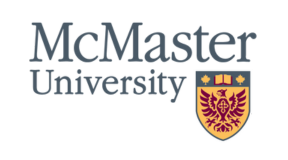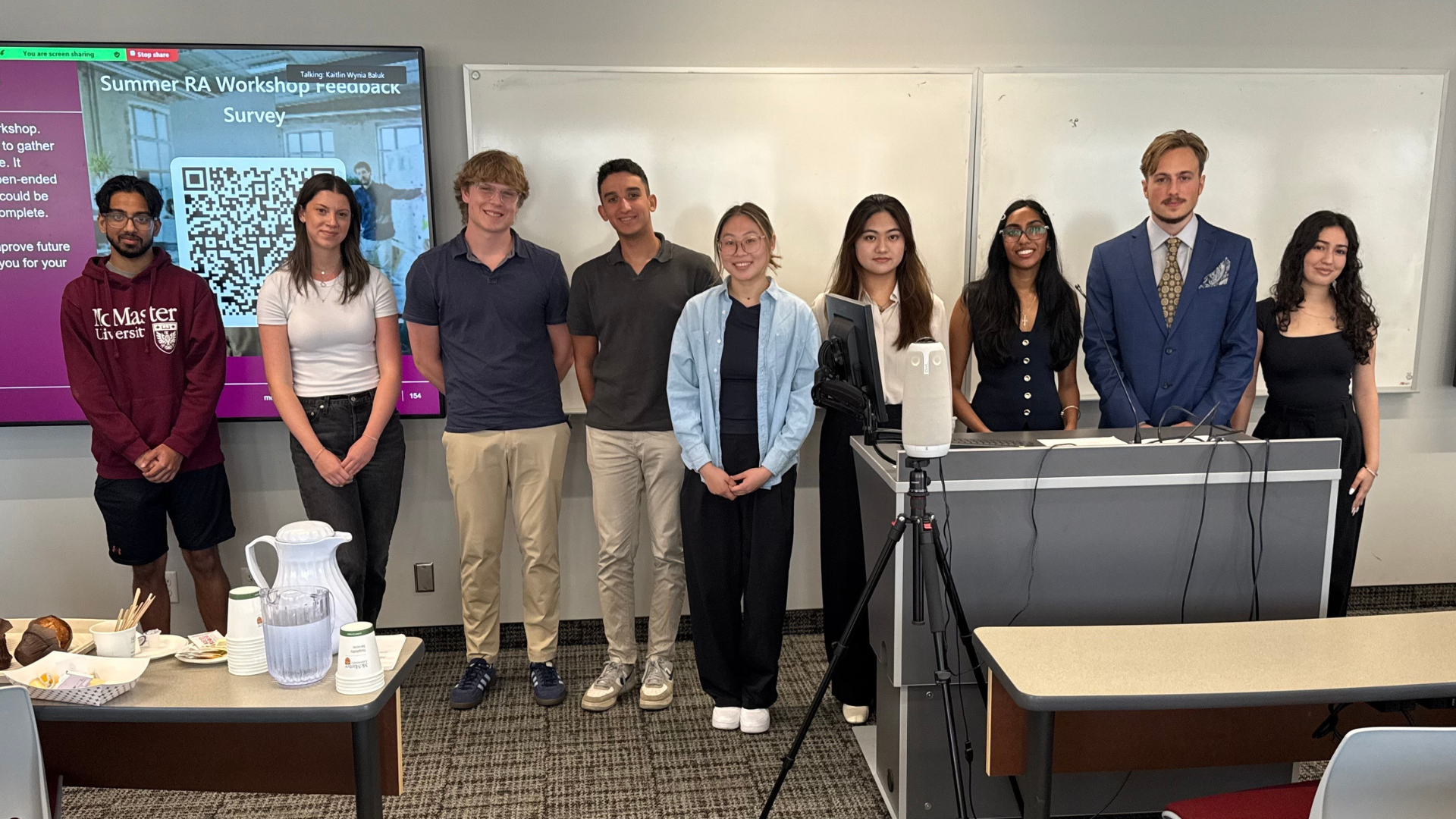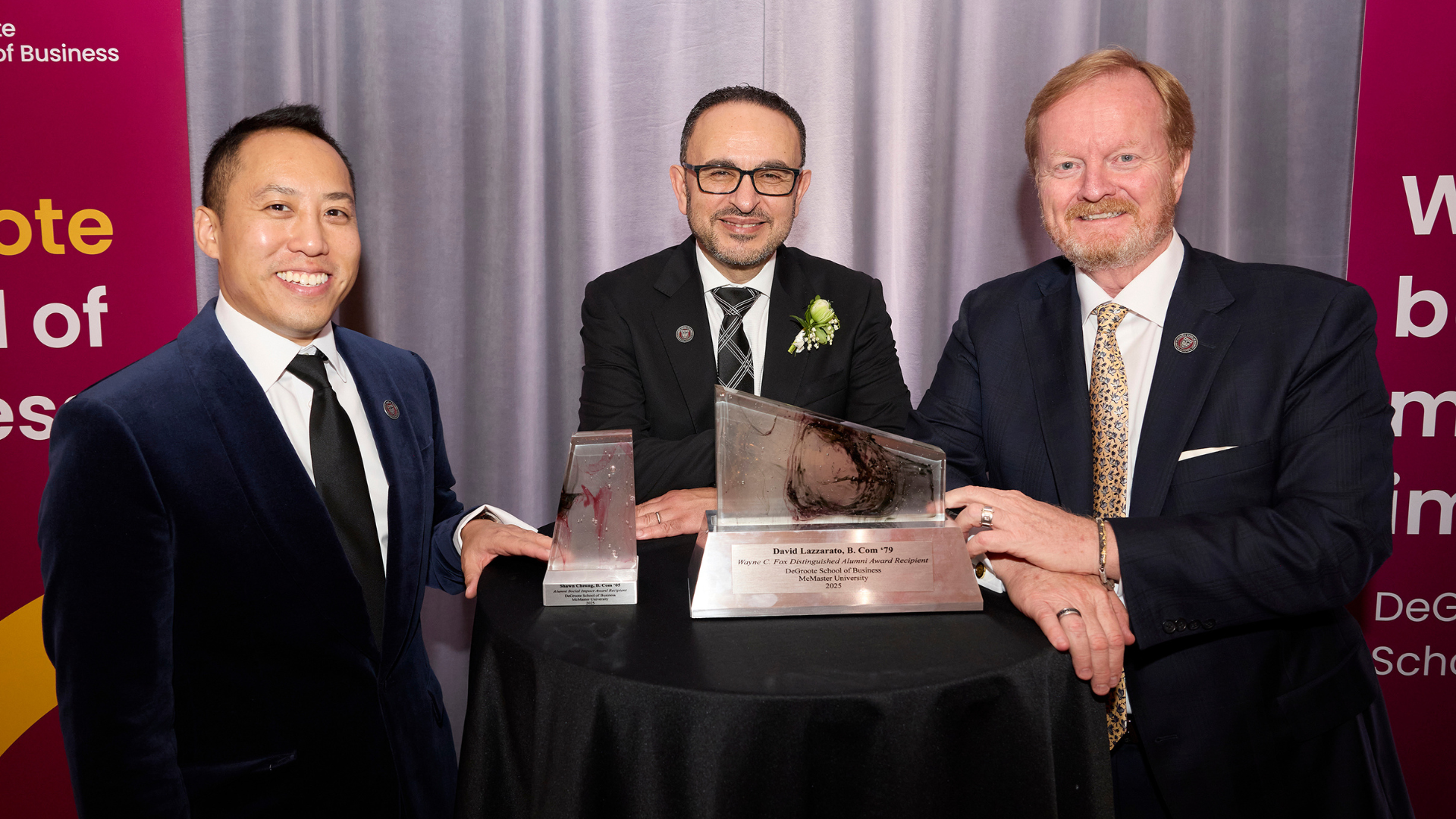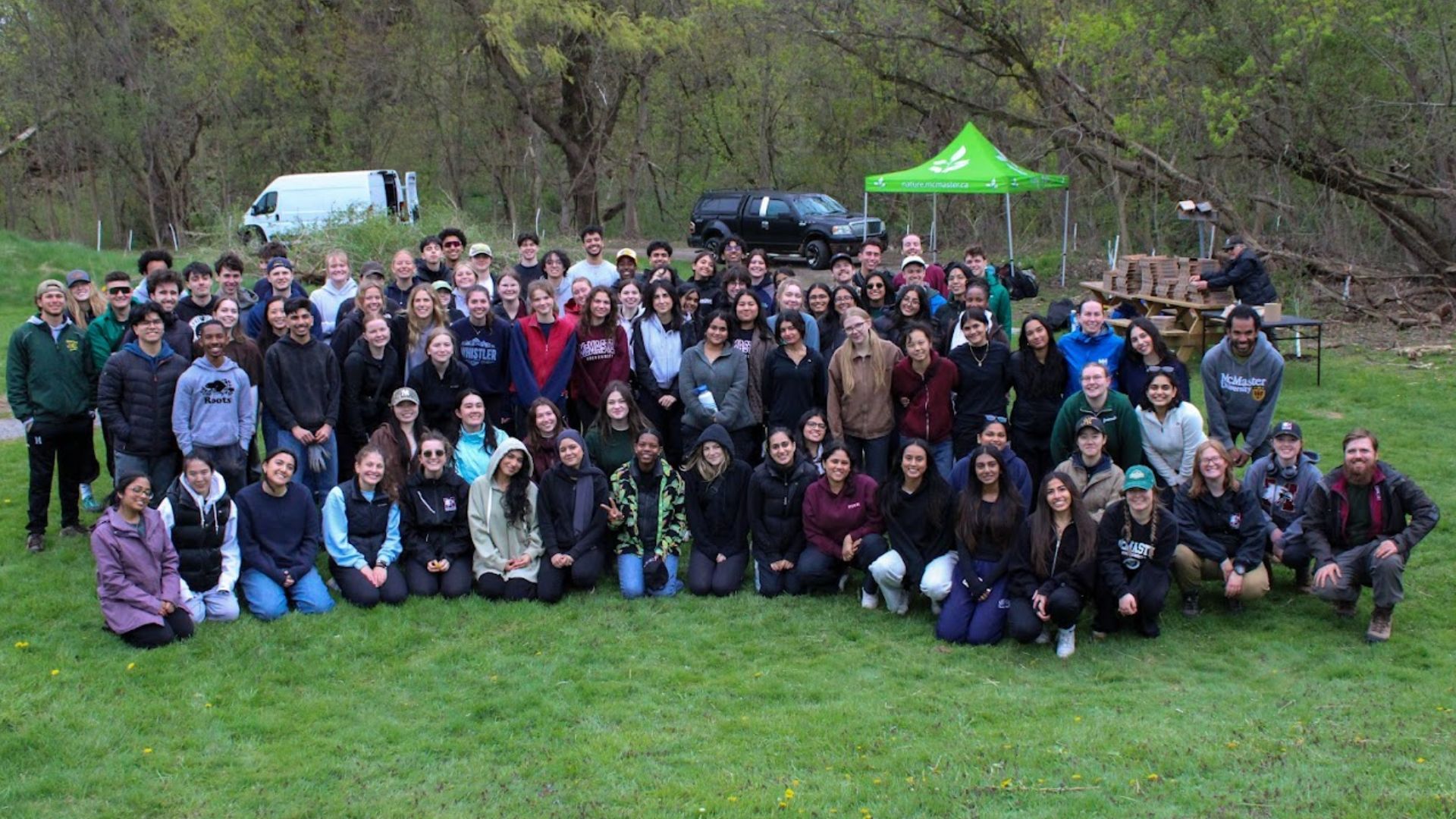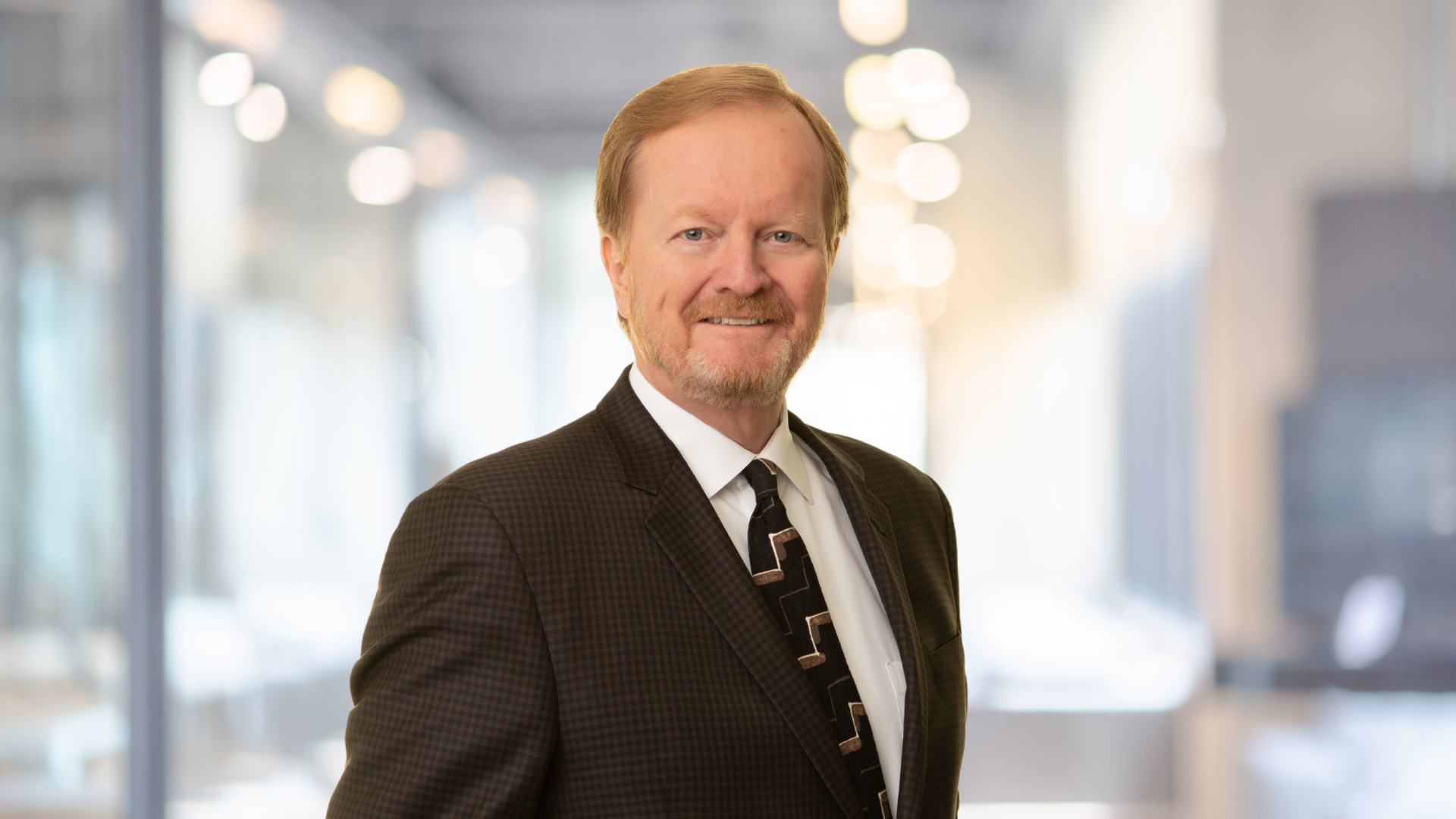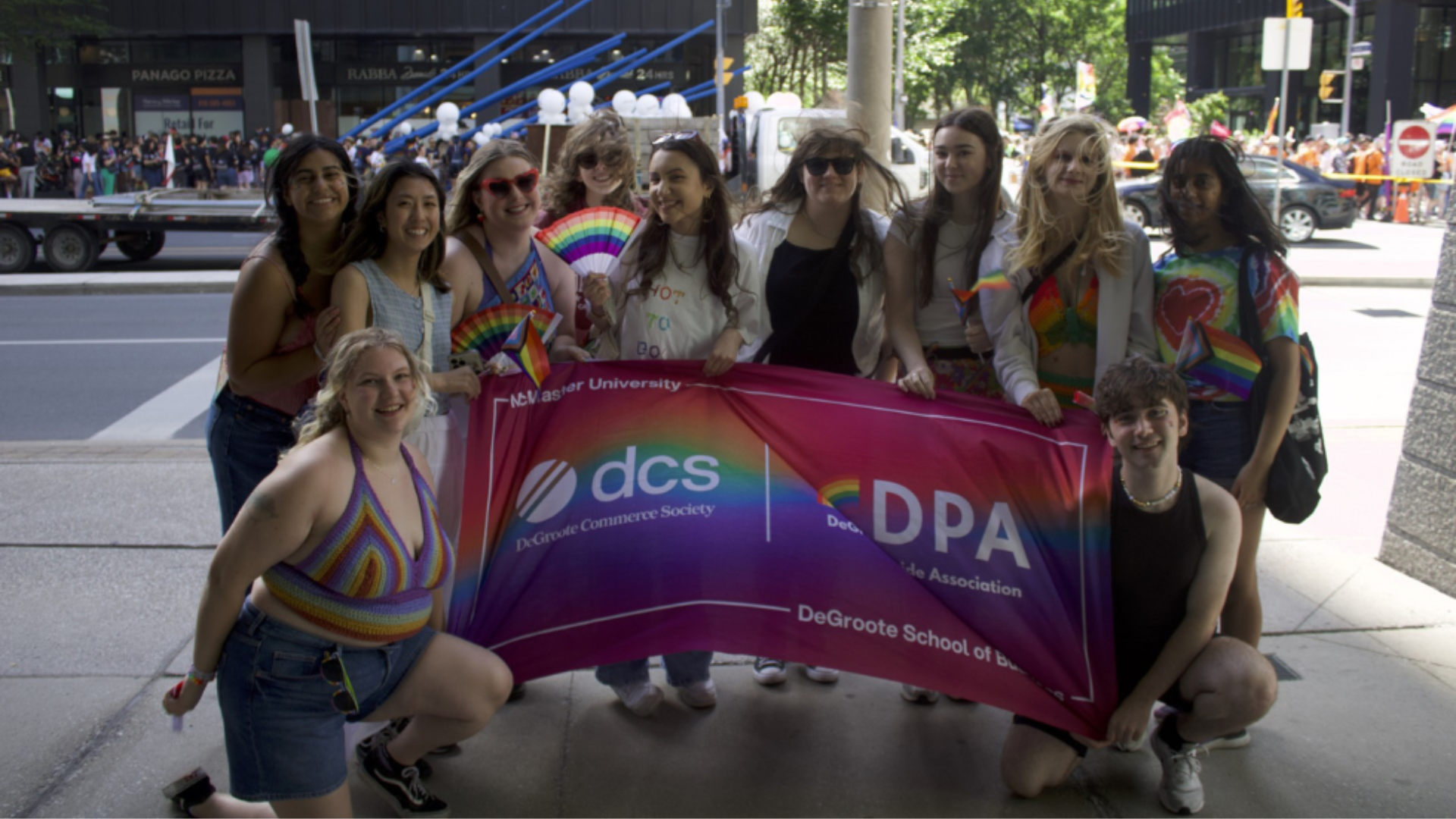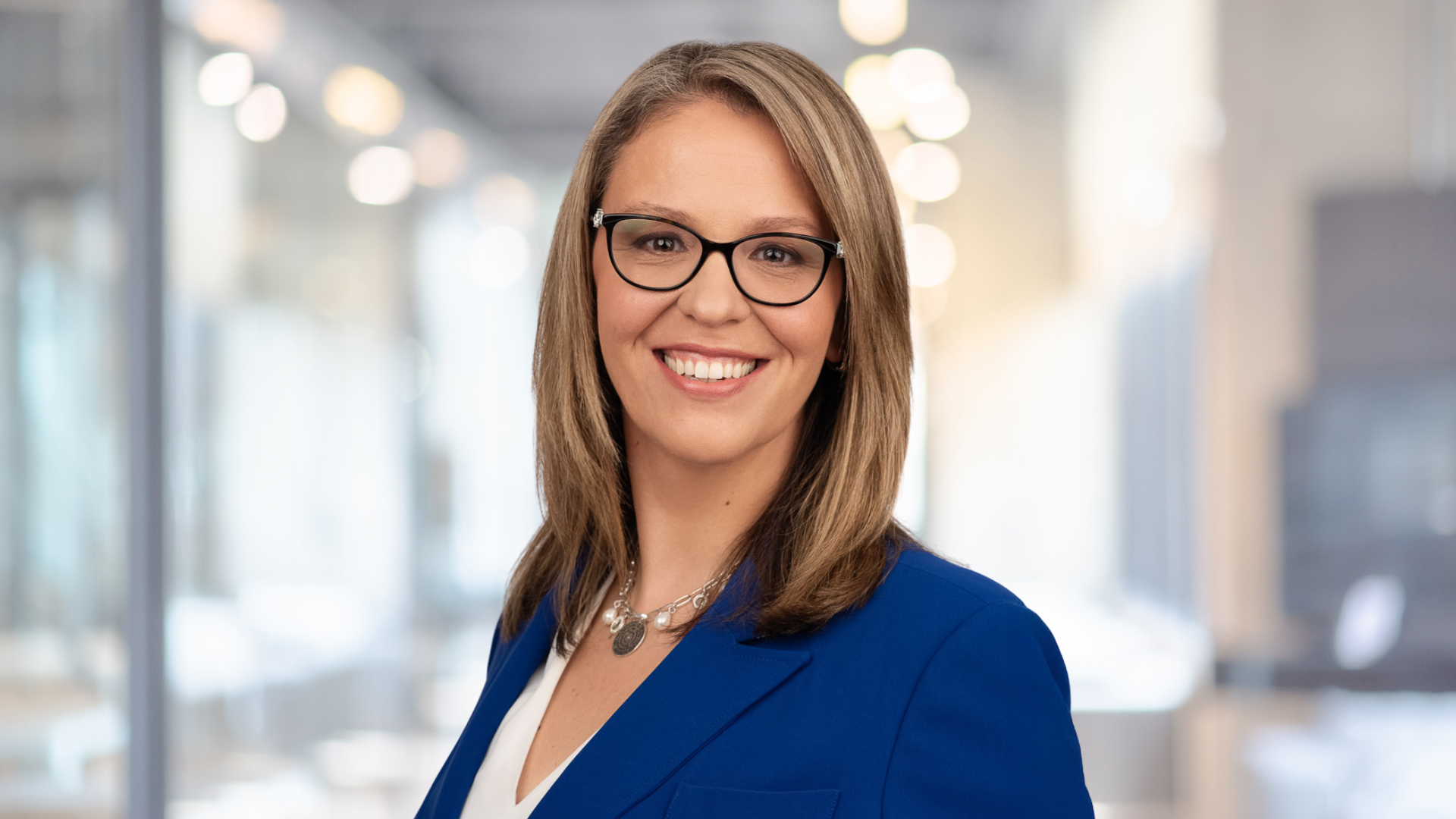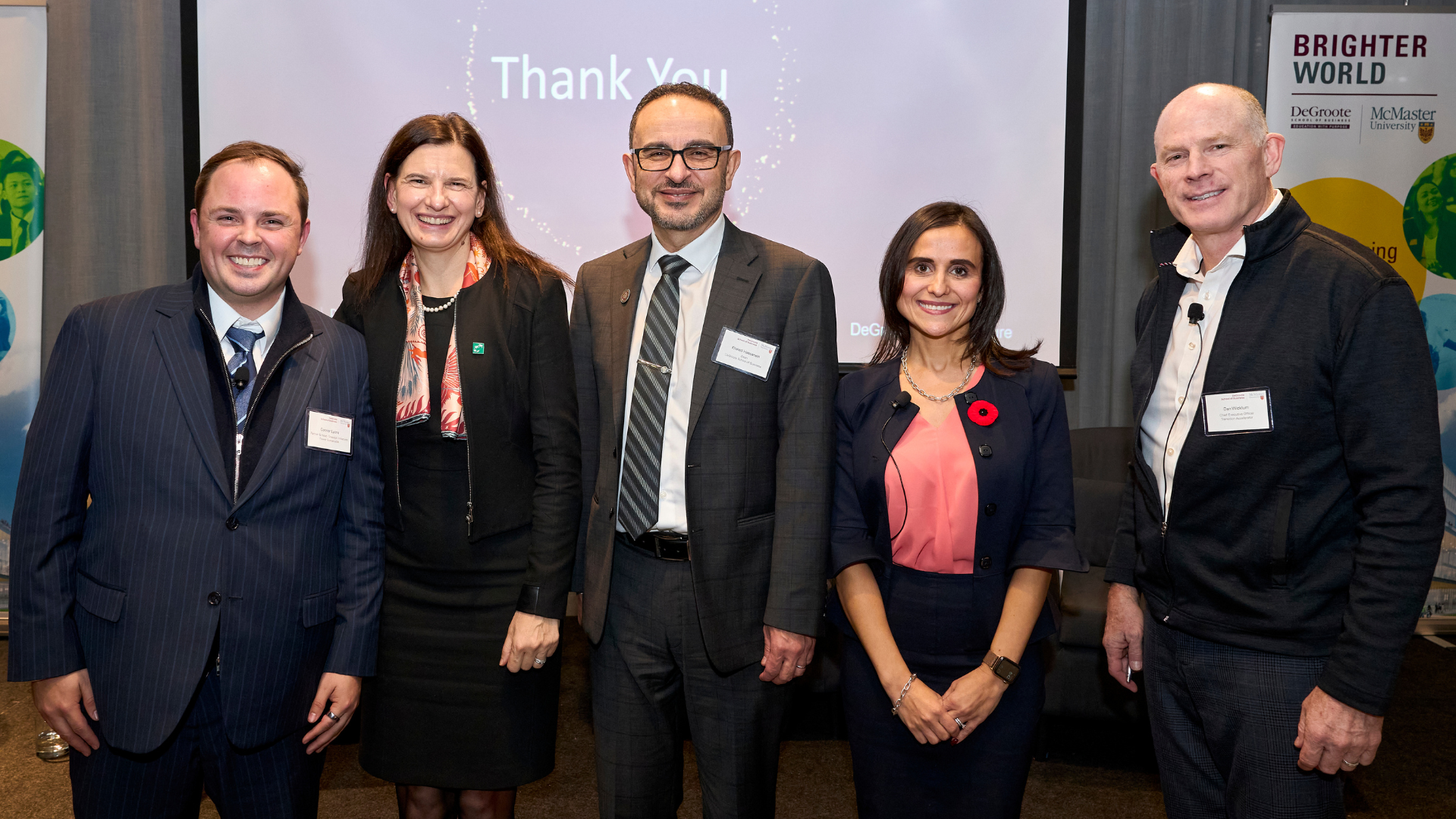ALUMNI SOCIETAL IMPACT STRATEGIC PLAN | INCLUSIVE EXCELLENCE
Breaking the cycle of ultra-poverty, one village at a time
April 29, 2025 ·
Contributed by: Izabela Shubair, DeGroote Contributor
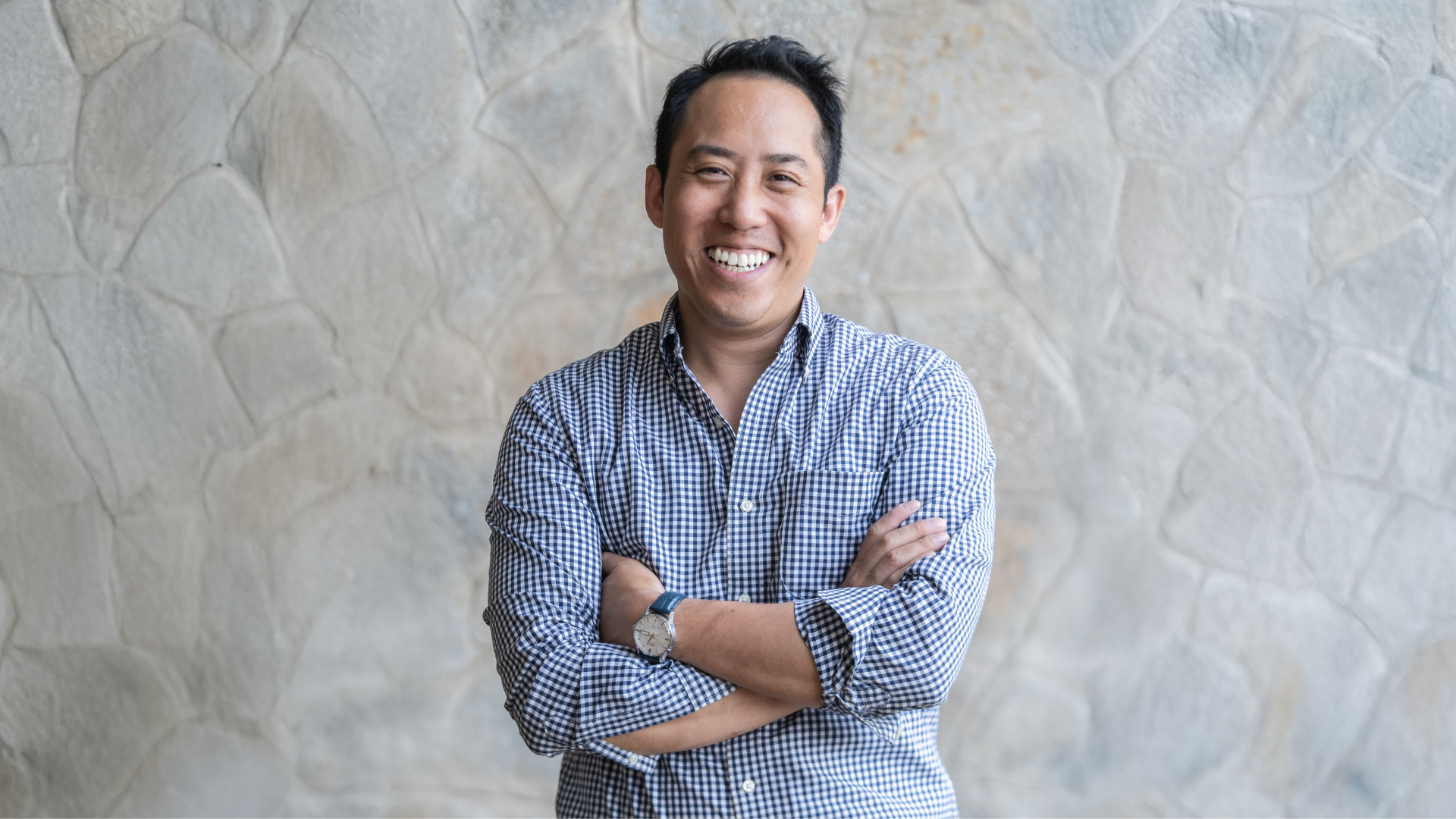
Jennifer, a 53-year-old widow and mother of seven, manages a small farm and operates a pancake-making business to support her family. Iver and Barbara have transformed their one-and-a-half-acre farm into a model of climate-resilient agriculture. Boniconcilla, who is 67, runs a coffee plantation. They are among 1.6 million rural Ugandans who have partnered with the non-profit Raising the Village (RTV) to break a chronic cycle of ultra-poverty.
Now, Shawn Cheung, RTV’s CEO and a DeGroote School of Business alum, is being acknowledged for his impact and efforts in Uganda’s remote communities. Cheung is the first recipient of the DeGroote Alumni Social Impact Award, which celebrates alumni who have made an exceptional contribution and commitment to creating positive social change and improving the lives of others.
“When it comes to this recognition, I think it’s exciting that non-profit work is being viewed as a pathway for business students at DeGroote,” says Cheung.
“You don’t get into working with last-mile communities for the recognition, so it’s also humbling to be acknowledged for my contributions. In our first 10 years, we reached 1.6 million participants in the program. But there are about 400 million people in Sub-Saharan Africa still living in ultra-poverty. We’ve still got a lot of work to do.”
Building a vision
After graduating from DeGroote with a Bachelor of Commerce in 2005, Cheung joined a grassroots microfinance organization in Uganda. While there, he worked with families living in ultra-poverty, defined as a daily average income of 75 cents per household of five. Cheung also tried to identify gaps in services and opportunities that trapped these communities in the poverty cycle.
Back in North America, Cheung took on a management consultant role and continued his non-profit research. To advance his work, Cheung personally funded pilot programs, developing the model and methodology behind RTV. The non-profit officially launched in 2014.
Today, Cheung leads a team of more than 400 Canadian and Ugandan staff to implement village-directed initiatives.
“In the next 30 years, the world’s population will be close to 10 billion people,” says Cheung.
“When you look at the highest poverty rates in the world, you’re looking at rural places like Sub-Saharan Africa. If we want any chance of being able to end poverty within our lifetime, now is the time to act. And to address that, we need to focus on the areas with the highest poverty rates and the highest rates of growth.”
Despite the statistics, hard-to-reach places like last-mile communities, which lack basic services such as essential infrastructure, transportation and healthcare, continue to be underinvested in the sector. Cheung says logistical complexity, distance and cost-effectiveness factors require innovative solutions to maintain a high level of impact.
Community and data-driven model
To overcome these challenges, RTV runs a 24-month multidimensional program model.
The program drives income by increasing agricultural productivity. It also fosters participation by addressing barriers and creating opportunities. For example, RTV helps establish cooperatives, including village savings and loan associations, and provides financial literacy training. The organization also improves access to water, health and food for vulnerable populations to participate in training and other program activities. The third aspect of the model ensures sustainability by building local capacity and structures, such as community agricultural teams and village livestock teams, which cultivate technical knowledge and expertise.
Each dimension works in tandem to build household incomes year after year as communities transition from subsistence farming to income generation. After the 24 months, RTV hands over the project to partner communities and continues to track their progress for an additional 36 months.
“We aim to provide information directly to communities and the frontline extension workers that serve them with clear, actionable steps to help them increase their food production so they can meet basic needs and have enough income to provide for their families,” says Cheung. “We do that through data analytics and technology. That allows us to take the effective models and make them scalable.”
Being data-informed is one of RTV’s four pillars. The organization collects, analyzes and visualizes over 4,000 data points for program planning, real-time program adjustments, cost optimization and replicating success. The data also informs the remaining pillars: being impact-focused through a low-cost, high-impact and responsible model; being community-driven to address the needs identified by the communities, which approve project designs and lead implementation; and being government-integrated by engaging local and federal governments to maximize programming reach, reduce cost and create systemic change.
“When I was growing up with my family, we had very little,” says Cheung. “If it weren’t for the kindness of others who invested their time and effort into me, I wouldn’t have the opportunities and chances I’ve had. Being able to create opportunities for others – giving them the freedom and agency to choose – is a big motivator, and being able to work alongside the communities we partner with is a real privilege.”
Learn more about the families and communities impacted by Raising the Village.
